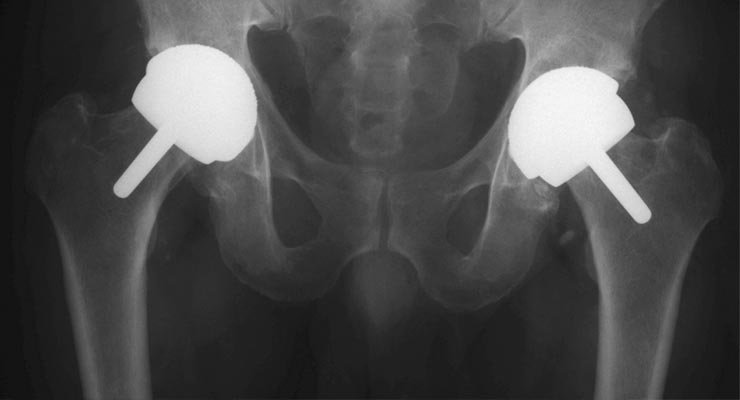
Is hip resurfacing a good alternative to hip replacement?
With many surgeons, hip resurfacing has lost favor as it can increase the amount of potentially harmful metal ions in the bloodstream. It also has a risk of bone fracture just below the metal cap placed on the thighbone's top portion — especially in poor-quality women.
Hip resurfacing does not completely replace the hip's "ball" with a metal or ceramic ball, unlike traditional hip replacement. Instead, with a metal prosthesis, the bone is reshaped and capped. The hip socket has a metal cup. There is the potential for wearing and releasing metal ions as these metal surfaces rub together. Low metal ion levels usually do not cause an issue, but higher levels can be problematic.
The socket prosthesis is generally lined with a dense layer of tough plastic for a traditional hip replacement, so there is no metal-on-metal contact. While the elements of an artificial hip may eventually wear out, most individuals can expect to last for 20 years or longer for their joint replacements.
Hip replacement is usually postponed until later in life, so the prosthesis life span is closer to the person's remaining life span. Subsequent surgeries for a hip replacement may be more difficult and have poorer results than initial hip replacements more commonly.
Originally, hip resurfacing was seen as a stop-gap option for younger people with severe hip problems, as it would leave more bone available for future hip replacement.
However, hip resurfacing is usually only suggested in cases of serious deformity and few other choices at present. The best candidates seem to be younger men with the bone of good quality.


